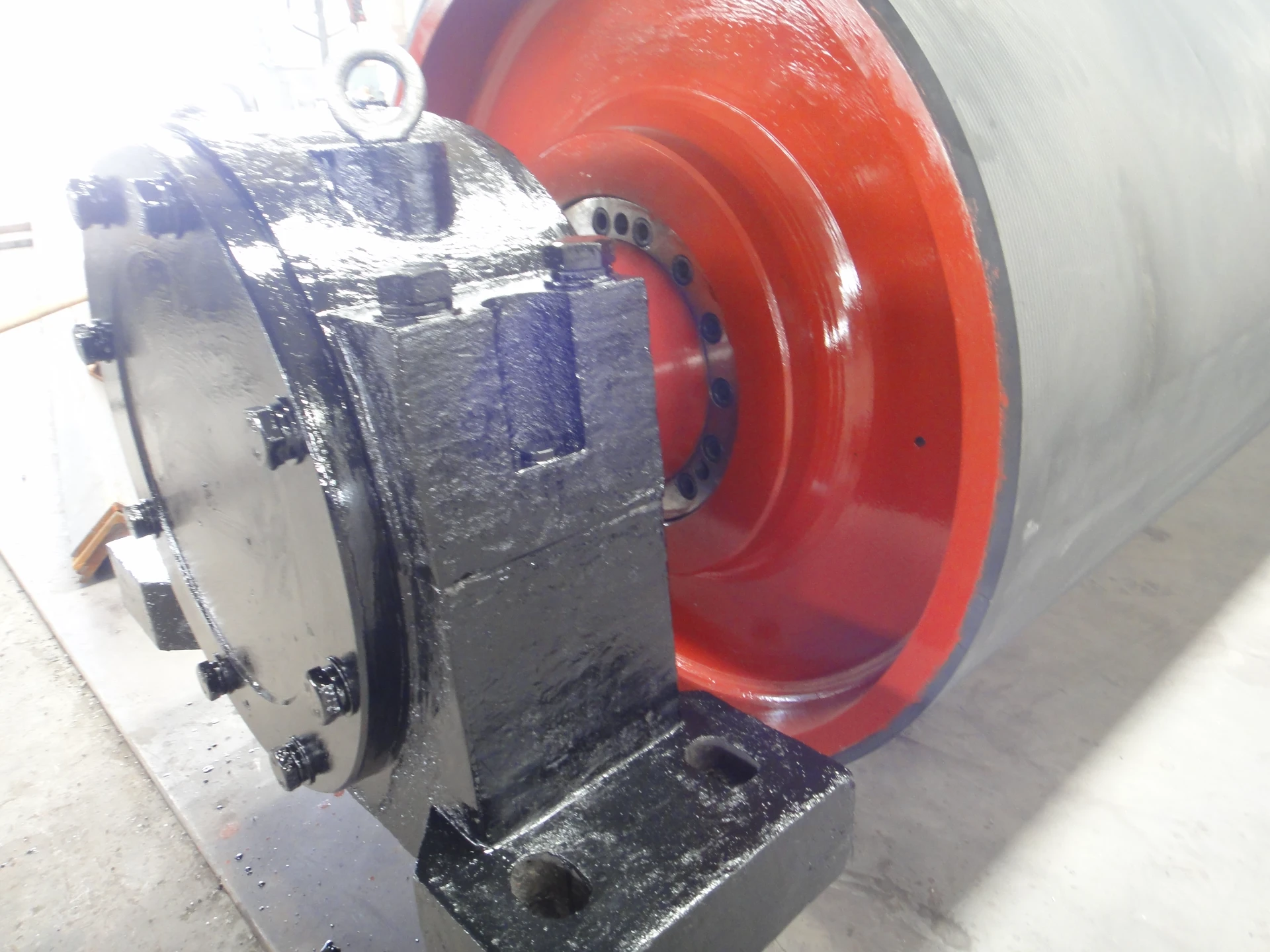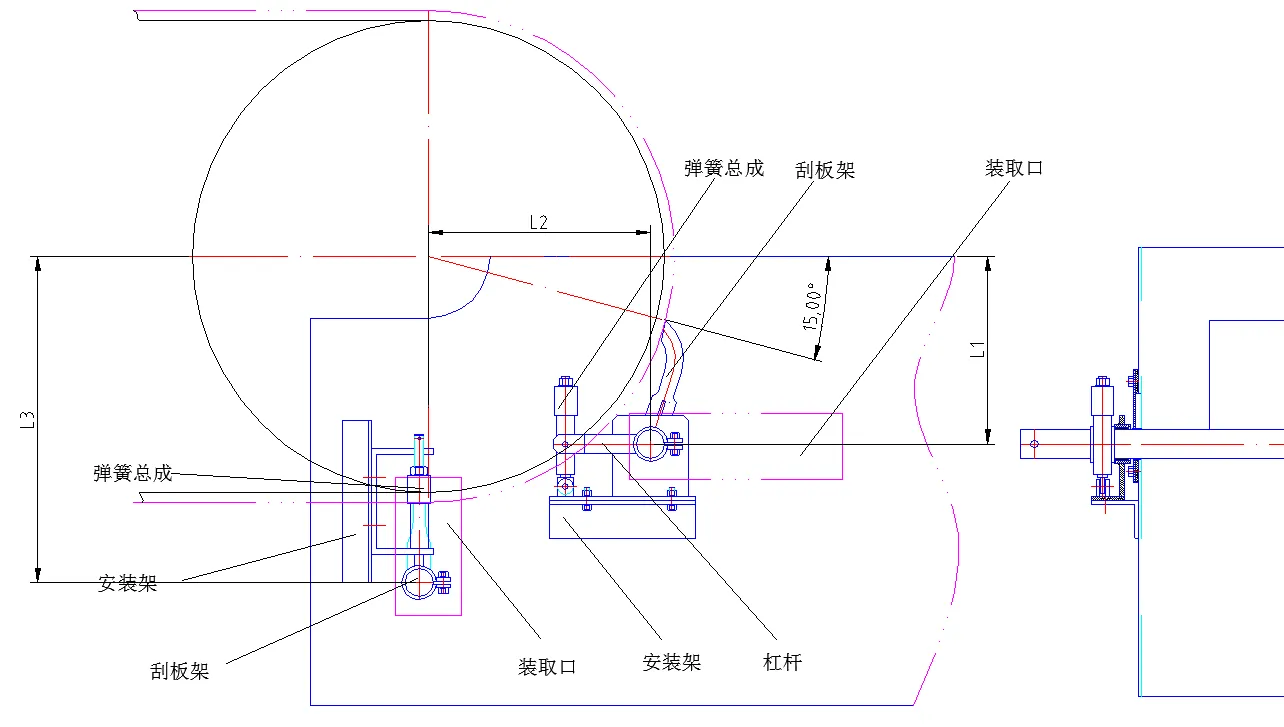 Afrikaans
Afrikaans  Albanian
Albanian  Amharic
Amharic  Arabic
Arabic  Armenian
Armenian  Azerbaijani
Azerbaijani  Basque
Basque  Belarusian
Belarusian  Bengali
Bengali  Bosnian
Bosnian  Bulgarian
Bulgarian  Catalan
Catalan  Cebuano
Cebuano  Corsican
Corsican  Croatian
Croatian  Czech
Czech  Danish
Danish  Dutch
Dutch  English
English  Esperanto
Esperanto  Estonian
Estonian  Finnish
Finnish  French
French  Frisian
Frisian  Galician
Galician  Georgian
Georgian  German
German  Greek
Greek  Gujarati
Gujarati  Haitian Creole
Haitian Creole  hausa
hausa  hawaiian
hawaiian  Hebrew
Hebrew  Hindi
Hindi  Miao
Miao  Hungarian
Hungarian  Icelandic
Icelandic  igbo
igbo  Indonesian
Indonesian  irish
irish  Italian
Italian  Japanese
Japanese  Javanese
Javanese  Kannada
Kannada  kazakh
kazakh  Khmer
Khmer  Rwandese
Rwandese  Korean
Korean  Kurdish
Kurdish  Kyrgyz
Kyrgyz  Lao
Lao  Latin
Latin  Latvian
Latvian  Lithuanian
Lithuanian  Luxembourgish
Luxembourgish  Macedonian
Macedonian  Malgashi
Malgashi  Malay
Malay  Malayalam
Malayalam  Maltese
Maltese  Maori
Maori  Marathi
Marathi  Mongolian
Mongolian  Myanmar
Myanmar  Nepali
Nepali  Norwegian
Norwegian  Norwegian
Norwegian  Occitan
Occitan  Pashto
Pashto  Persian
Persian  Polish
Polish  Portuguese
Portuguese  Punjabi
Punjabi  Romanian
Romanian  Russian
Russian  Samoan
Samoan  Scottish Gaelic
Scottish Gaelic  Serbian
Serbian  Sesotho
Sesotho  Shona
Shona  Sindhi
Sindhi  Sinhala
Sinhala  Slovak
Slovak  Slovenian
Slovenian  Somali
Somali  Spanish
Spanish  Sundanese
Sundanese  Swahili
Swahili  Swedish
Swedish  Tagalog
Tagalog  Tajik
Tajik  Tamil
Tamil  Tatar
Tatar  Telugu
Telugu  Thai
Thai  Turkish
Turkish  Turkmen
Turkmen  Ukrainian
Ukrainian  Urdu
Urdu  Uighur
Uighur  Uzbek
Uzbek  Vietnamese
Vietnamese  Welsh
Welsh  Bantu
Bantu  Yiddish
Yiddish  Yoruba
Yoruba  Zulu
Zulu Jan . 14, 2025 10:57
Back to list
conveyor belt pulley types
Conveyor pulley types play a critical role in the optimal functioning of conveyor systems across various industries. Selecting the right type of pulley can significantly impact the system’s efficiency, reliability, and lifespan. This article explores different conveyor pulley types, enriches understanding from a professional viewpoint, and enhances decision-making for industry experts.
Snub and bend pulleys, while not driving pulleys, assist in tensioning the belt and improving its wrap angle around the driving pulley. This ensures that the belt maintains adequate tension throughout operation, contributing to the system's overall efficiency and durability. When considering material choices, steel is often the material of choice for conveyor pulleys due to its high strength and durability. However, for corrosive or wet environments, stainless steel or other corrosion-resistant materials might be necessary to extend the lifespan of the pulley. For professionals seeking authoritative guidance on pulley selection, evaluating factors such as material handling characteristics, environmental conditions, and belt specifications is paramount. An incorrect choice can lead to premature wear, increased maintenance costs, and even system failures. Expert consultations and adhering to industry best practices can streamline this decision-making process. Evaluating the expertise and experience of manufacturers and suppliers also plays a critical role in this selection journey. Vendors with deep industry knowledge can provide tailored solutions and innovative products meeting specific operational needs, ultimately fostering trust and reliability in their offerings. In conclusion, understanding the various types of conveyor pulleys, each tailored to unique operational demands, underscores their importance in efficient materials handling. Industry experts must keenly assess their needs, consult trusted authorities, and consider future-proof solutions to maintain optimal conveyor system performance. Through insightful decision-making founded on practical experiences and authoritative knowledge, selecting the right conveyor pulley type becomes a vital contribution to operational excellence and success.


Snub and bend pulleys, while not driving pulleys, assist in tensioning the belt and improving its wrap angle around the driving pulley. This ensures that the belt maintains adequate tension throughout operation, contributing to the system's overall efficiency and durability. When considering material choices, steel is often the material of choice for conveyor pulleys due to its high strength and durability. However, for corrosive or wet environments, stainless steel or other corrosion-resistant materials might be necessary to extend the lifespan of the pulley. For professionals seeking authoritative guidance on pulley selection, evaluating factors such as material handling characteristics, environmental conditions, and belt specifications is paramount. An incorrect choice can lead to premature wear, increased maintenance costs, and even system failures. Expert consultations and adhering to industry best practices can streamline this decision-making process. Evaluating the expertise and experience of manufacturers and suppliers also plays a critical role in this selection journey. Vendors with deep industry knowledge can provide tailored solutions and innovative products meeting specific operational needs, ultimately fostering trust and reliability in their offerings. In conclusion, understanding the various types of conveyor pulleys, each tailored to unique operational demands, underscores their importance in efficient materials handling. Industry experts must keenly assess their needs, consult trusted authorities, and consider future-proof solutions to maintain optimal conveyor system performance. Through insightful decision-making founded on practical experiences and authoritative knowledge, selecting the right conveyor pulley type becomes a vital contribution to operational excellence and success.
Latest news
-
Revolutionizing Conveyor Reliability with Advanced Rubber Lagging PulleysNewsJul.22,2025
-
Powering Precision and Durability with Expert Manufacturers of Conveyor ComponentsNewsJul.22,2025
-
Optimizing Conveyor Systems with Advanced Conveyor AccessoriesNewsJul.22,2025
-
Maximize Conveyor Efficiency with Quality Conveyor Idler PulleysNewsJul.22,2025
-
Future-Proof Your Conveyor System with High-Performance Polyurethane RollerNewsJul.22,2025
-
Driving Efficiency Forward with Quality Idlers and RollersNewsJul.22,2025
OUR PRODUCTS





























